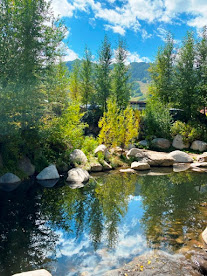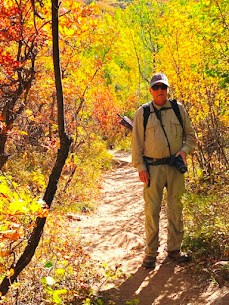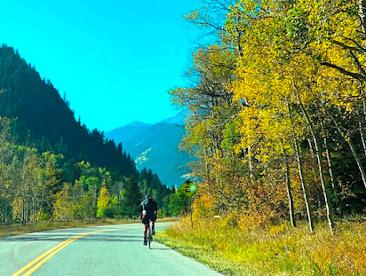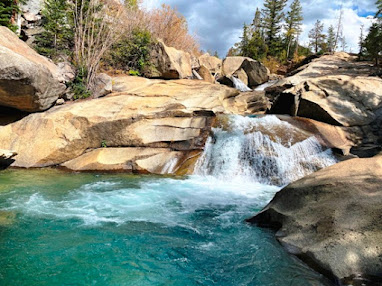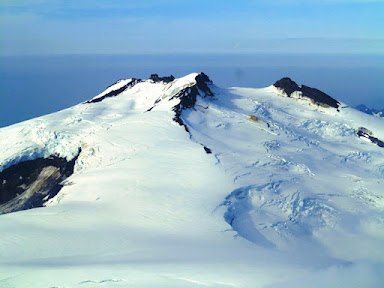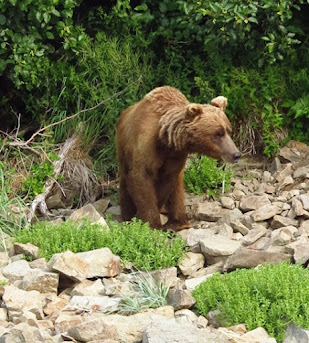Despite variants of the corona virus still hanging
around, 2022 is shaping up to be the year families again schedule vacations.
Call it “virus fatigue” or just a greater feeling of safety because of vaccines
and/or exposure, Americans are becoming travelers in increasing numbers.
 |
| Alaska is a favorite destination for next summer. |
If you are planning a getaway, consider destinations
that offer outdoor activities and fewer crowds. Not only will that help you
travel in a safe manner, but being active is beneficial for mind and spirit as
well as body.
Here are some health benefits of an active vacation:
 |
| Make memories with friends or family. |
Social—If
you travel with your family or a small group of vetted friends, you’ll likely
have closer personal interactions when in a new setting. It’s a great way to
make memories that your close group will talk about and share long after you
return home.
 |
| Stretch yourself by learning about new cultures. |
Brain—Having new experiences, learning about new places and cultures, and seeing new sights will benefit mental well-being. That’s because active travel challenges and rejuvenates your mind as well as your body.
 |
| Staying active is great for your physical well-being. |
Spirit—Beyond the excitement of new discoveries, travel offers enrichment and can transform your perspective of life. This is especially important as many of us have struggled with fallout from corona virus during the past couple of years. Let travel replace fear and uncertainty with exhilaration and refreshed sensibilities. Leave the stresses or normal life as you enjoy fulfilling experiences during an active vacation.
 |
| Many beautiful places can be inspirational. |
For many people, time away is a necessity, not a
luxury. Consider traveling in spring or fall, if possible, as fewer people will
be accessing popular outdoor places like national parks. Even if your
destination is close to home, plan specific adventures that provide health
benefits for mind, body, and spirit.
Photos from free sources and by Beverly Burmeier












